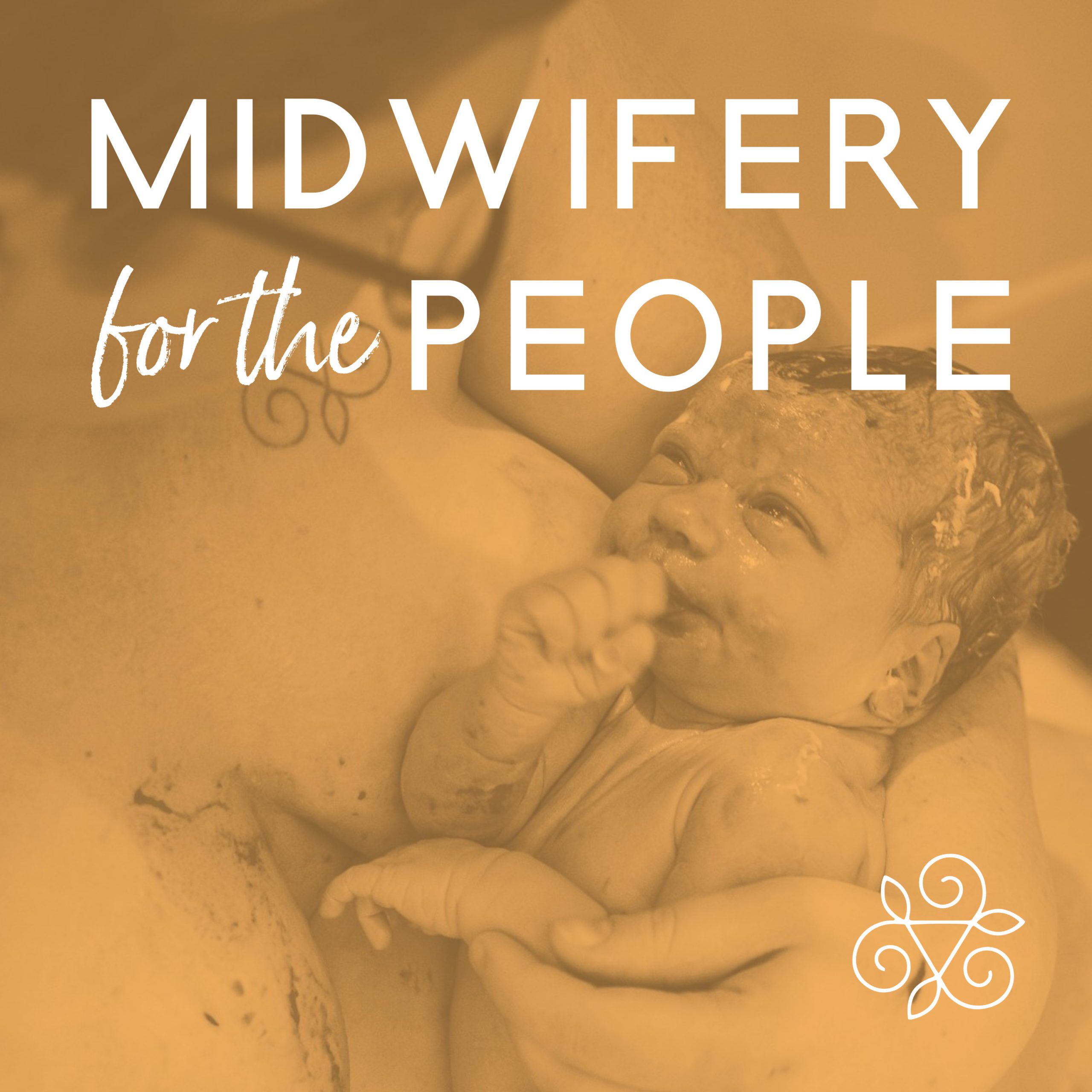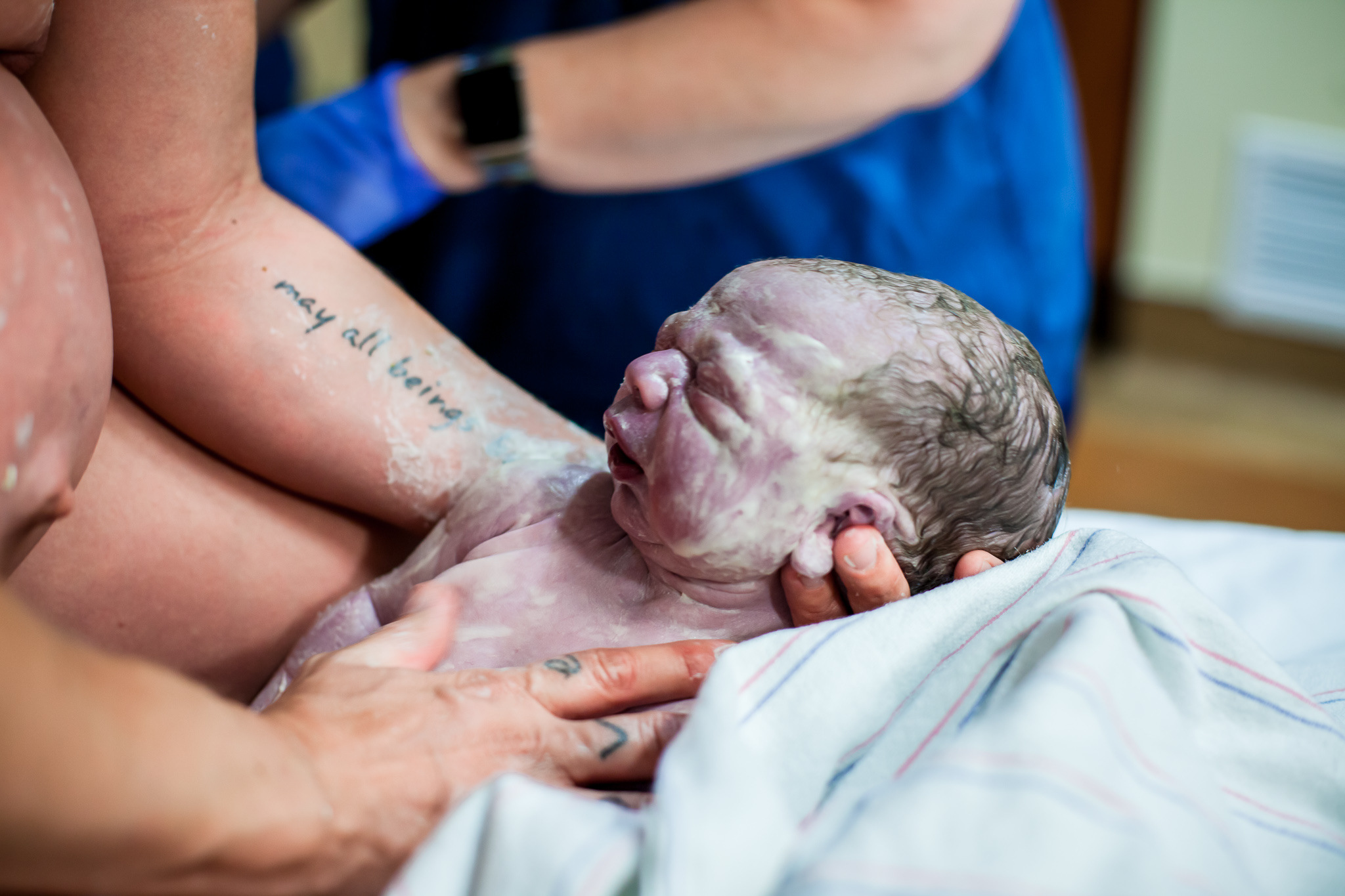I was excited when a friend sent me a copy of Microbirth to watch recently. I had seen a preview of it and it was on my list of new birth related documentaries to check out.
Most of the information in the film was not super new to me, but I think it was packaged well and would certainly be useful for pregnant women to watch. It is a well made film, primarily about the health implications that are happening at the “micro” level during birth, hence the title. The film is largely about the significance of the bacteria that make up 90% of our actual human body, and also ponders the possibilities of how birth might impact our genetic expression. Babies are exposed to bacteria, at least in high amounts, for the first time at birth. We have evolved to be born in a very specific way and we are just beginning to understand the importance from a scientific/evidence based perspective. Vaginal birth provides the very best chance for the baby to be exposed to the bacteria that will help the baby thrive, just like every ancestor born before them, and cesarean sections as well as other (even seemingly benign) interventions interrupt this process.
They included footage with a researcher who is testing the method where planned cesarean moms have a piece of gauze inserted into their vagina prior to surgery, and then that gauze is used to try to artificially seed the baby as it would happen in a vaginal birth, by wiping their mouth, nose, and entire body with the gauze immediately after being delivered. I think this research is exciting, and I’m glad they included it. What I didn’t love was that they continually talked about how life saving cesareans can be, and almost completely ignored the subject of reducing cesareans in the first place – I get that a film can’t cover it all, but the overriding sense was that cesareans are here to stay and we need to find a way to “hack” this problem so that cesarean born babies get as many of the same benefits as vaginally born babies, which I agree with, but think is a limited view.
Other important ideas that they brought up were the importance of skin to skin contact between mom and baby, the important of not using antibiotics unnecessarily in labor, and the importance of exclusive breastfeeding and continuing to breastfeed – they said until at least 6 months, which is great but is, again, very conservative, perhaps to appeal to a larger audience. They didn’t mention bathing the baby though I think that is crucial to NOT DO for a very long time. I digress. They also talked briefly about the epigenetic potential at birth, and how the majority of women are given pitocin (synthetic oxytocin) and that this is wildly inappropriate since the consequences are still not well know. There is also a moment when it is hypothesized that any and all interventions could potentially be changing gene expression – forceps, vacuum extraction, epidural use, etc, etc, etc. This is all fleshed out more in the work of Michel Odent and others, so check out his work if this is interesting to you.
The take home message is that the the seeding of the microbiome, which seems to take place almost exclusively at the time of birth, has long term impacts on the health of a baby as well as long term intergenerational effects for the health of humans as a species. It was obviously not a “home birth” movie so it was neat to see the filmmakers coming to many physiological birth conclusions by way of microbiology and epigenetics perspectives. I wish the film makers would have taken their conclusions even farther and included more information or ideas about what birth TRULY is designed to look like, but I suppose that’s where we come in here at Indie Birth. I hope that people that enjoy this film will go on to research more about physiological birth (take our 5 week course!) and plan accordingly for the births of their own babes.





+ show Comments
- Hide Comments
add a comment